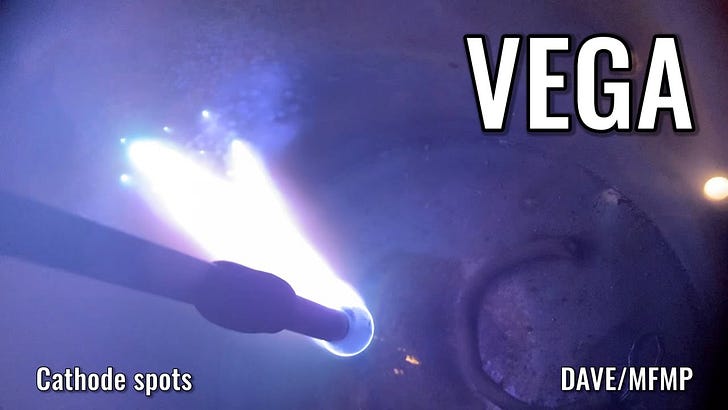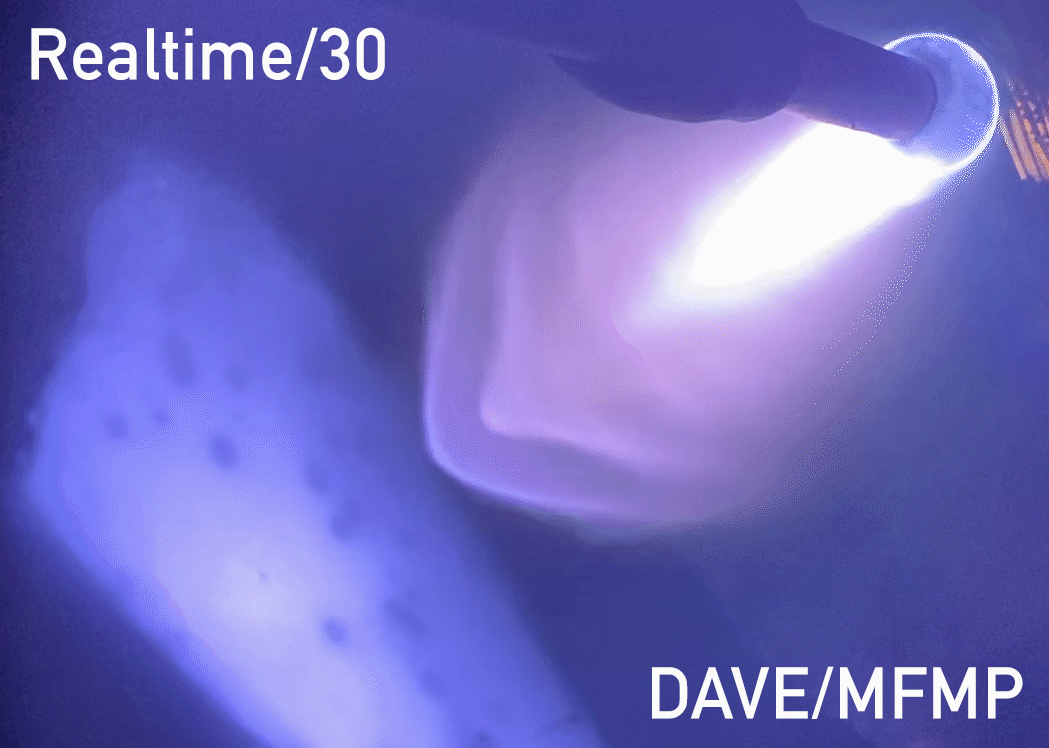This experiment was carried out by researcher ‘DAVE’ who commented as follows:
“The clip was taken immediately after introduction of some toluene vapour into the chamber. The anode was a threaded brass ball ~.5" dia, cathode is mild steel walls of the chamber. The double layers forming can be seen at the end, I was only able to create these double layers with the introduction of organic compound vapors so far with my experiments.”
In this video, we can clearly see the appearance of cathode spots. At the end of the video, around the 14s mark there are two similar black spots created on the wall of the reactor as can be seen in the previously published ‘EVO Blaster?’ video.
Notably in this case however, there is no flash observed and the marks do not dissipate, which maybe due to the addition of the organic compound.
As with HENK, we are helping DAVE with safety, including potential SR/EVO issues, material choices, processing etc. DAVE also wishes for his work to be open.




Also the SR torsion balance detector... trying to understand the working principle. My interpretation is rotational momentum is transferred to each magnet in same direction about the magnets vertical axis by the SR monopoles from the top and bottom. This then causes the assembly to rotate due to the torque on each magnet. Could we not simplify this to spin a single magnet or am i missing something here? To me the NSNS arrangement is to just make them stick to the nickel plate best by not repelling the neighbouring magnets and would not be part of the mechanism that actually causes the rotation itself? If that is the case i propose a single magnet levitating over bismuth or pyrolytic carbon as a much more sensitive detector than the balance assembly. I would like to have sensitive detector on hand during experiments so this is priority for myself.
I have seen double layers with Propane gas. After a while the layers are gone.